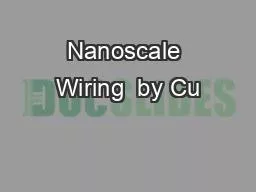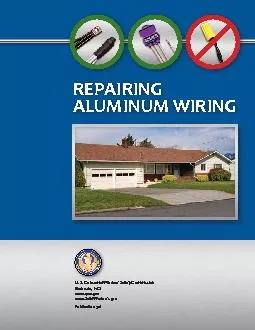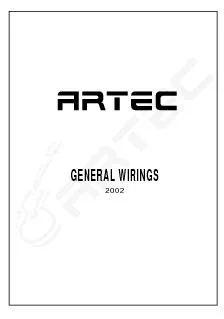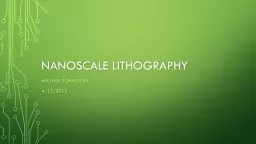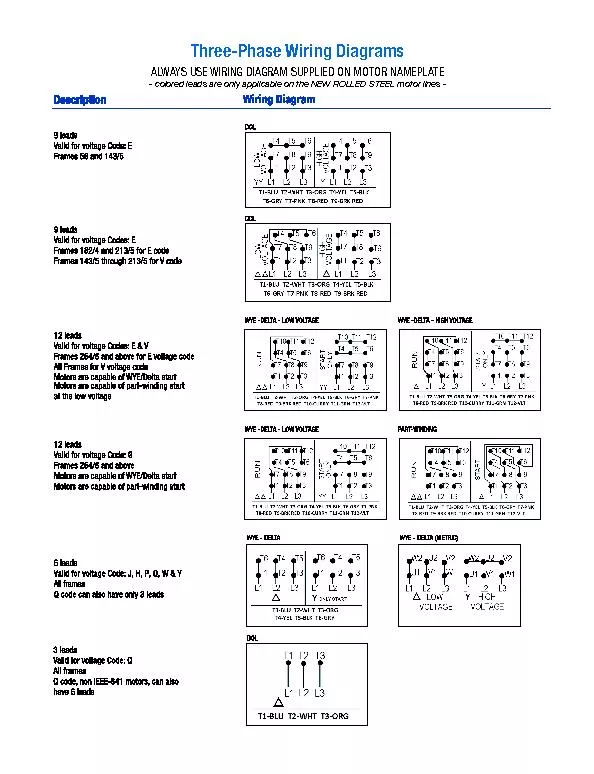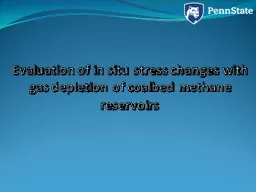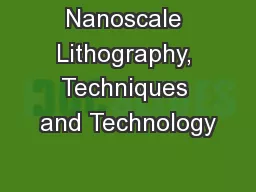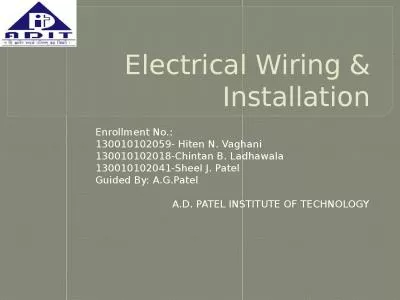PPT-Nanoscale Wiring by Cu
Author : altigan | Published Date : 2020-08-27
Electrodeposition in Supercritical CO 2 Emulsified Electrolyte with ContinuousFlow Reaction System Valencia Spain September 27 th 2016 Separation Technique 2016
Presentation Embed Code
Download Presentation
Download Presentation The PPT/PDF document "Nanoscale Wiring by Cu" is the property of its rightful owner. Permission is granted to download and print the materials on this website for personal, non-commercial use only, and to display it on your personal computer provided you do not modify the materials and that you retain all copyright notices contained in the materials. By downloading content from our website, you accept the terms of this agreement.
Nanoscale Wiring by Cu: Transcript
Download Rules Of Document
"Nanoscale Wiring by Cu"The content belongs to its owner. You may download and print it for personal use, without modification, and keep all copyright notices. By downloading, you agree to these terms.
Related Documents

